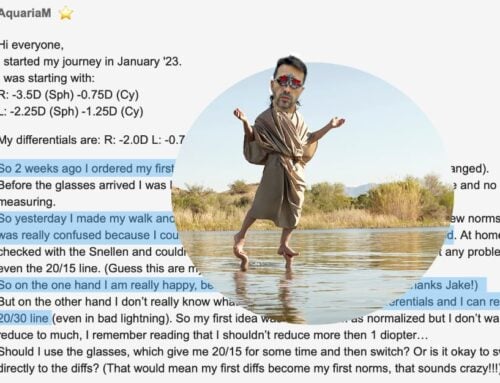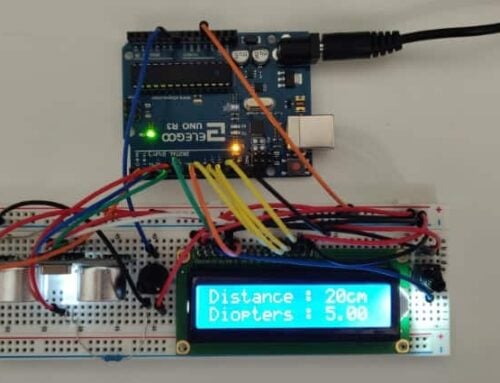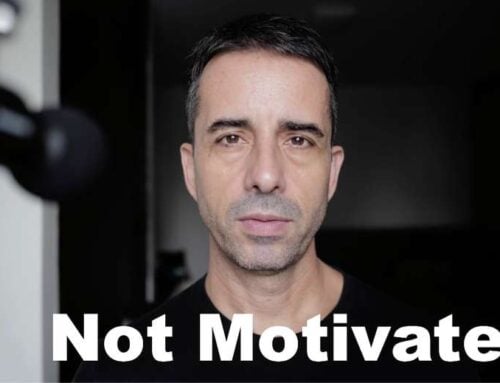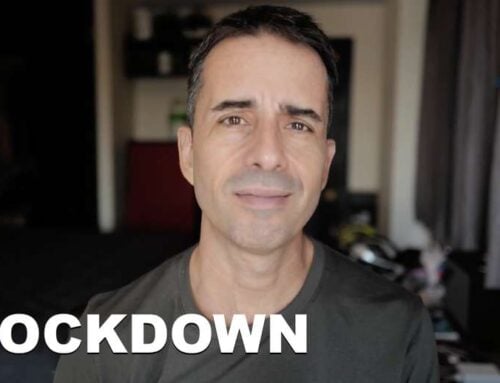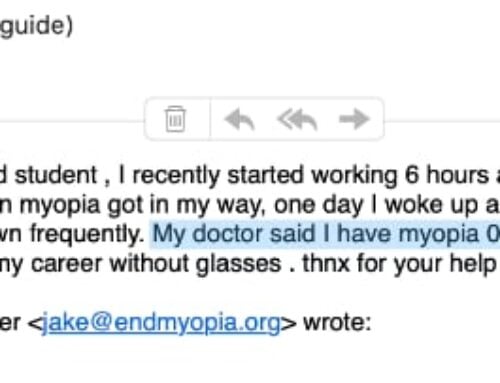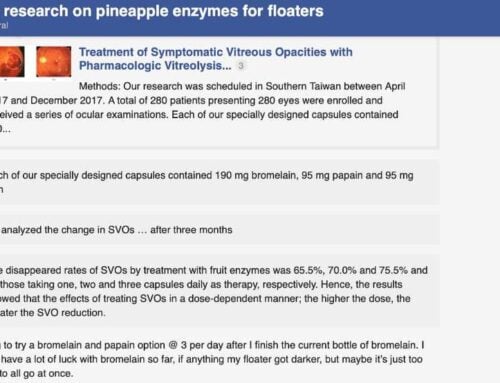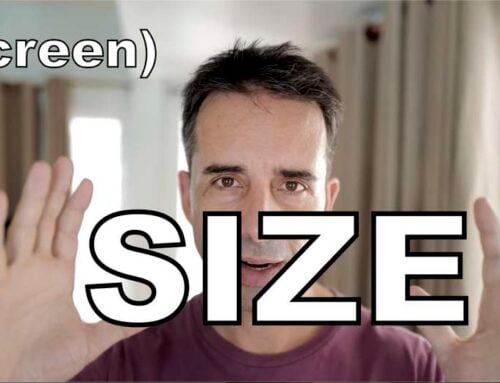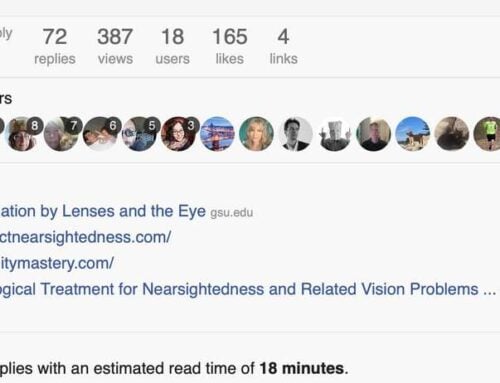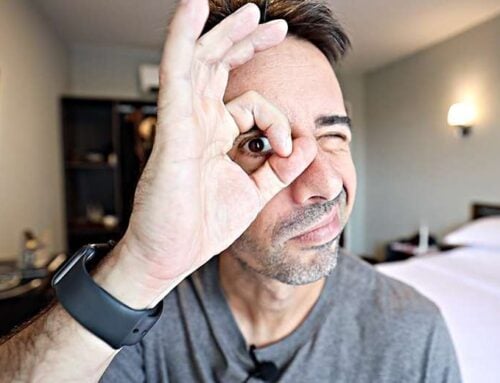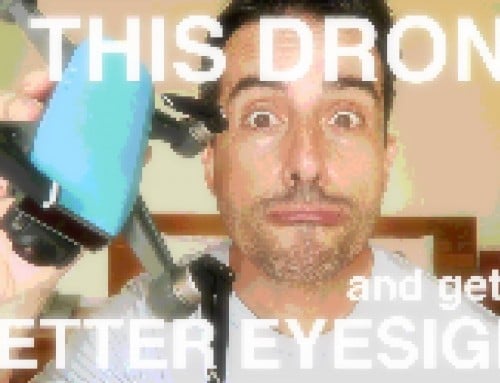Two recent forum topics bring to light the need to discuss eyeglass prescription strength, both for program participants, and casual readers alike.
I also have a pair of +1.25 glasses, which was the lowest power I could get at the drugstore. I hope to “grow into” these but in the meantime am wearing them about 1 hour a day at the computer. This has my face about 6 or 7 inches from the screen — not that comfortable, but it’s in the hope that ultimately plus lenses are better than minus lenses, so I might as well start taking baby steps.
Full thread and my comments here: http://www.frauenfeldclinic.com/myopia-forums/topic/vision-math-and-plus-lenses/
There is talk of plus lenses as therapy on various forums. The premise though is not really the fact that they are plus – it is that we want to create a blur horizon. This can be plus (for low myopes) or minus – the key is picking the right prescription for your case.
I’m not sure whether it’s me losing patience and trying to find a quick-fix again, but I read a topic on the gettingstronger forums of someone recommending a +6 plus lens to aggressively improve your vision.
He recommends wearing it while looking at objects around your room and actively focusing. The aim isn’t to bring things into super sharpness but to induce hyperopic growth because of the strong plus.
Is there harm in this?
Full thread and my comments here: http://www.frauenfeldclinic.com/myopia-forums/topic/wearing-a-6-for-aggressive-improvement/
Let’s take a closer look at what happens with prescriptions:
Any and all eyeglass prescription changes the focal plane in your eye (where the light focuses inside the eyeball). This change affects your vision to a significant extent:
The very beginning of my Vision Improvement Courses start with measuring your own eyesight, and understanding the subtle variation of how well you might see, throughout the day. You will see better in good daylight, than in an artificial lighting environment. Close-up time is likely going to have you seeing worse. Other factors as well, influence your vision acuity, throughout the day.
There is also the centimeter calculator, for those of you just following the blog. It is free, I encourage you to use it, to understand how prescriptions work, and how your eye is affected by your environment.
One of the foremost causes of high myopia, is increasing prescription lenses. Glasses are a very dangerous tool to provide good eyesight. You want to treat prescriptions with the same care you would a highly restricted prescription medication (like opiates, for example). I do not emphasize this often enough, as we use several prescriptions in the courses. They are small changes, and you measured carefully, and you are taught to identify eye strain. In that regard, used properly, prescriptions are safe.
But when either we increase prescriptions every year, as part of the accepted single prescription doctrine (outside of our practice here), we guarantee ourselves worsening eyesight.
Likewise, when we take just some parts of my program, but then make sweeping assumptions that contradict other recommendations I make, we risk not only loosing improvements, but also adding unnecessary eyestrain. Here is the key fallacy that comes up every so often:
If a small change is good, a huge change must be … better!
This is absolutely not a good idea. Imagine you are at physical rehab, for a previously broken ankle. You are struggling to take ten steps, and you have a guard rail for support. These ten steps, every day, help your rehabilitation, by adding measured doses of positive stimulus.
Would a hundred steps be better? Should we remove the guard rail? Should we maybe add a 50 kilo backpack? It is more after all, it should be better?
I am not chastising. It is a fairly common mistake, made when we get greedy about wanting quick results. We know better, underneath it all, but sometimes I have to put it into words – no, more is not better. The correct dose is the correct answer. An overdose of focal plane change will not actually reverse a multi-year strain symptom any quicker.
Please do continue to bring up these questions, no matter what you are wondering about. I would much rather spend time answering them all, than having you risk your eyesight health by having to experiment on your own.
Remember, small changes! Keep strain low, and add a little bit of positive stimulus. That is the way to better eyesight.
Enjoy!


